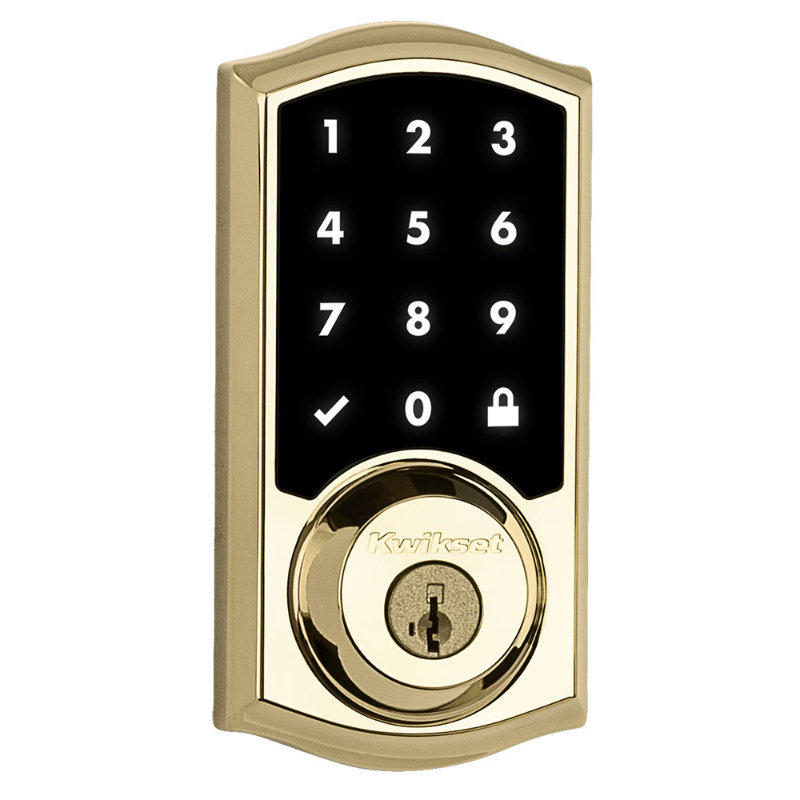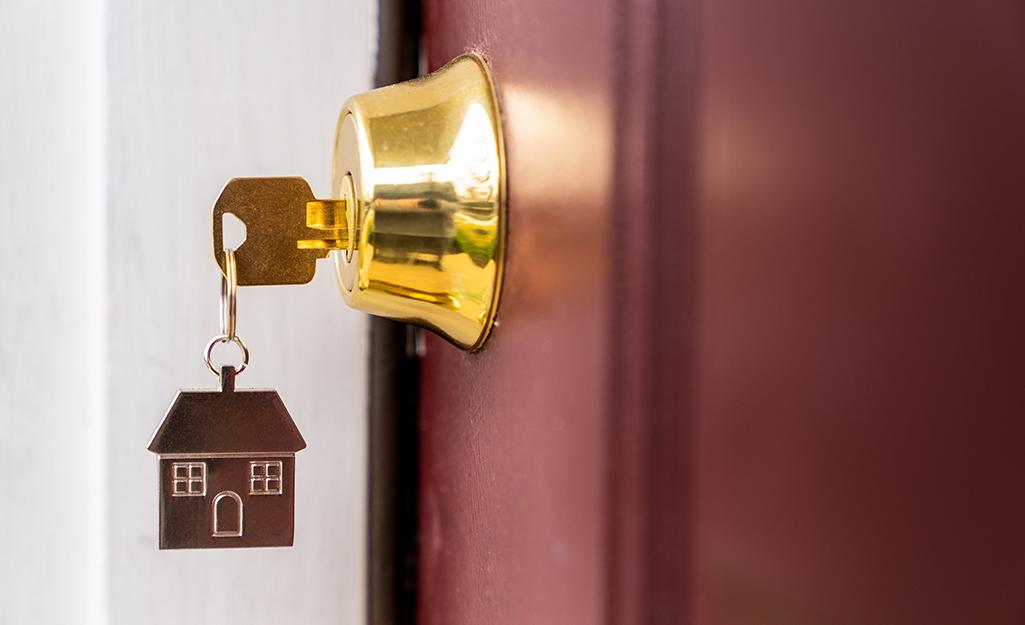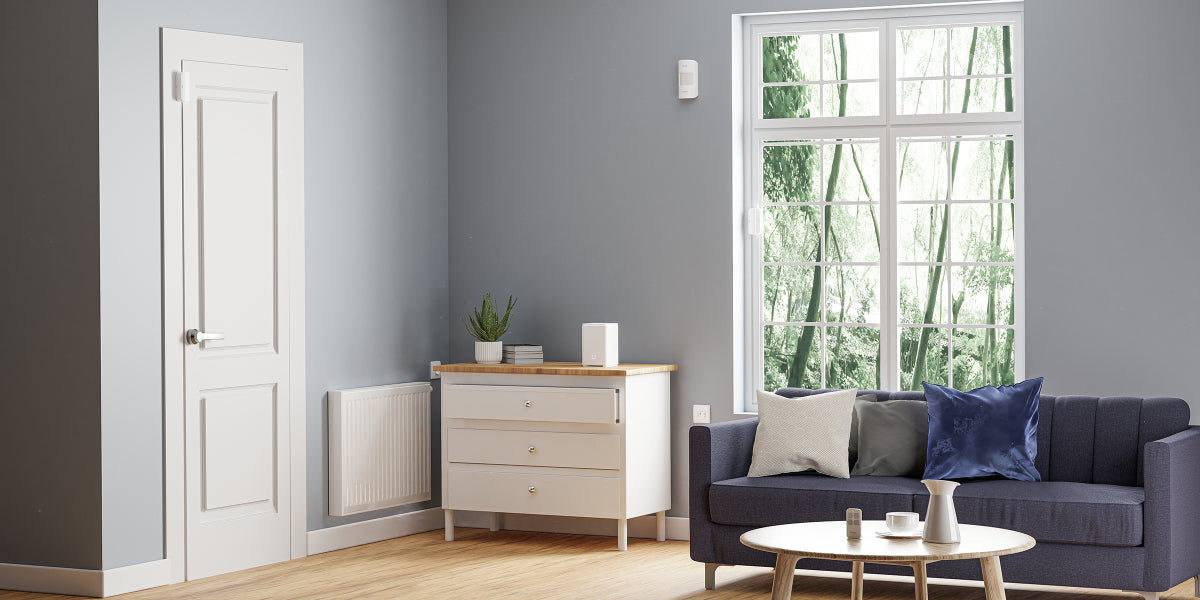
The best indoor cam is a simple and affordable device that will help you keep track of your home when you are away. It's a great way to check in on your kids, pets or even just to reassure yourself that everything's OK back home.
There are many types of indoor camera available, from the simple ones for monitoring your home's interior to those with more advanced features like motion zones and facial recognition. Choose the right indoor camera to suit your specific needs.
TP-Link Kasa Spot KC401
This is a smart indoor camera with an array of features. There are motion zones as well as a microSD storage slot that allows for free local and remote video recording. It has a handy privacy feature that lets you see a red background and an icon for 'camera blocking' when you want to be sure where the camera's looking.

Blink Outdoor
Blink Outdoor offers a high-quality security camera which is easy to install and use. It records Full HD video day or night. It is equipped with a motion detector that detects when someone enters a home.
It is powered by 2 AA batteries that should last you up to 2 years. You can use the remote to watch live video on your tablet or smartphone at any time.
EufyCam 2
Battery-powered indoor cameras have a double battery life compared to their predecessors. This means that you can use them for up to one year without needing to replace the batteries. The wide-angle lens allows for a better view of the room, regardless of whether you're positioned on a wall, ceiling or high up.
GE Cync Indoor Camera
This compact camera will be perfect for anyone looking for a lightweight, small indoor camera that has good image quality and is sensitive to motion. It can also pan 360 degrees around its viewing area. The camera also has a privacy slide that slides up to reveal a red background with a 'camera-locked' icon.

GE's cameras come in a variety of price ranges, and they are packed with features that will help you monitor your home. Each camera has a long lasting battery, and is easy to use.
Nest Cam IQ
Nest Cam IQ offers a great Google Assistant camera, thanks to the ease of setup and the attractive design. The Nest Cam IQ has the basic features of a modern, indoor camera plus some useful smart features that are available to those who already own a Google Home kit.
It's not cheap, but it offers a range of free smart features, such as live streaming, arm/disarm modes, two-way talk and motion zones. It can also be used as a standalone indoor security camera, or combined with other Nest products to make your own home security system.
FAQ
How much does a quality home security system cost you?
A good home security system costs about $2,500. This might seem like a lot, but it's really quite inexpensive when you consider the peace of mind that comes with having a safe and secure place to live.
Are there any real reasons to have a home alarm system?
A home security system is essential for anyone who owns a house. You don't have to be worried about a burglar breaking into your home. They can take all your valuables, even jewelry and expensive electronics. They could even walk off with all your possessions if you don't lock your doors.
Your home is protected by a home security system that alerts you to any potential dangers. This includes detecting motion, sending alerts to your mobile device, recording activity, and allowing you to view recorded footage.
If you'd rathernot spend money on a home security system, you can always use a simple DIY camera instead. These devices can be used to monitor who is at your front door as well as send you notifications when someone enters or leaves. They won't stop burglars from entering your home.
What is the best security system to install?
How valuable your home and personal belongings are will dictate the type of security system you choose. The cheapest alarm system, which doesn't offer enough protection, is the basic one. Or you can get a more advanced one which offers better features like remote monitoring, video surveillance, and access control.
Statistics
- That's probably why Cove has a whopping 98%* customer retention rate. (safewise.com)
- Depending on your insurance, 24/7 professional monitoring may qualify you for as much as 15% off your premium. (safewise.com)
- Depending on your insurance, 24/7 professional monitoring may qualify you for as much as 15% off your premium. (safewise.com)
- Unlike other online safety services that charge up to 100 percent of your monthly fee, Cove charges no upfront fees and has no hidden costs.
External Links
How To
How to Install Outdoor Motion Lights
How to install outdoor motion lights
The first step to installing outdoor lighting is selecting the right light fixture type. Next is to decide where you want the lighting fixtures to be located. Then comes the actual wiring of the system. Finally, the last step is to mount the lighting fixtures.
Outdoor motion lights are used as lighting for walkways, driveways. patios. steps. stairways. decks. porches. gardens. fountains. ponds. water features. trees. shrubs. flowers. bushes. lawns. They are available in many different styles, shapes, sizes, and colors. Floodlights, spotlights and pendants are just a few examples. Track lights, track lights, recessed lighting, ceiling fans, wall sconces and chandeliers are also available.
There are three types available: hardwired, battery-powered, or wireless motion lights. Hardwired systems are wires that run directly from the power source to the fixtures. Wireless systems use radio waves to transmit signals from one fixture to another. To operate fixtures, battery-powered systems require batteries.
Most hardwired systems can be installed by electricians. Hire an electrician to install these systems. You should hire someone who is skilled in installing these types of systems.
Wireless systems are often easier to set up than hardwired ones. There are no cables to run through walls or ceilings. It is important to determine the best wireless technology for you before you buy a wireless solution. There are two main types: radio frequency and infrared. IR systems need line of sight between transmitter and receiver. Because RF systems can bounce off furniture and walls, they allow for some obstruction.
When you decide to purchase a wireless device, it is essential to understand what kind of controller you will be using. Most outdoor lights have built-in controls. But if you prefer to control them yourself, you'll need to choose a wired remote or a handheld remote. Wired remotes can be attached to fixtures by cables. Remotes for handheld devices look similar to flashlights. They can be operated using buttons on the body.
It is easy to set up battery-powered systems. You just need to plug them in to an electrical outlet. To prevent the lights from turning on when there's no motion, most models have sensors that detect movement. The lights automatically turn on when there is motion near the sensor.
Timers are also available for most outdoor motion lamps. These timers allow you to save energy by turning the lights on and off at night. These timers are usually between 10 and 24 hours.
It's tempting to spend more on expensive outdoor motion lights. If you do not need that particular feature, it isn't worth the extra expense. A simple LED spotlight can suffice. It is very inexpensive and provides plenty of illumination.
The Best Home Security System. Over the last few years, the home security industry has seen a tremendous growth. This has been due to technological advances and increased awareness about crime prevention. Today, homeowners have many options for selecting a home security system.